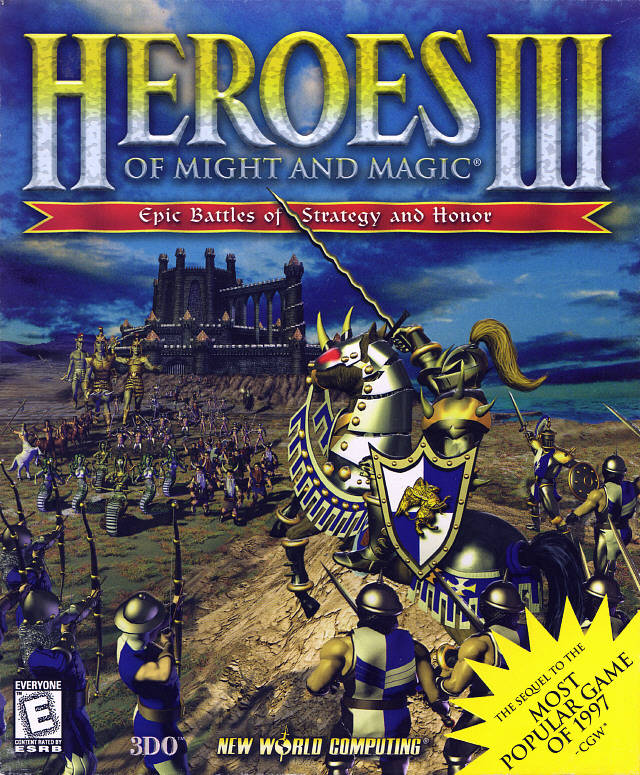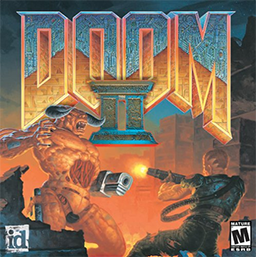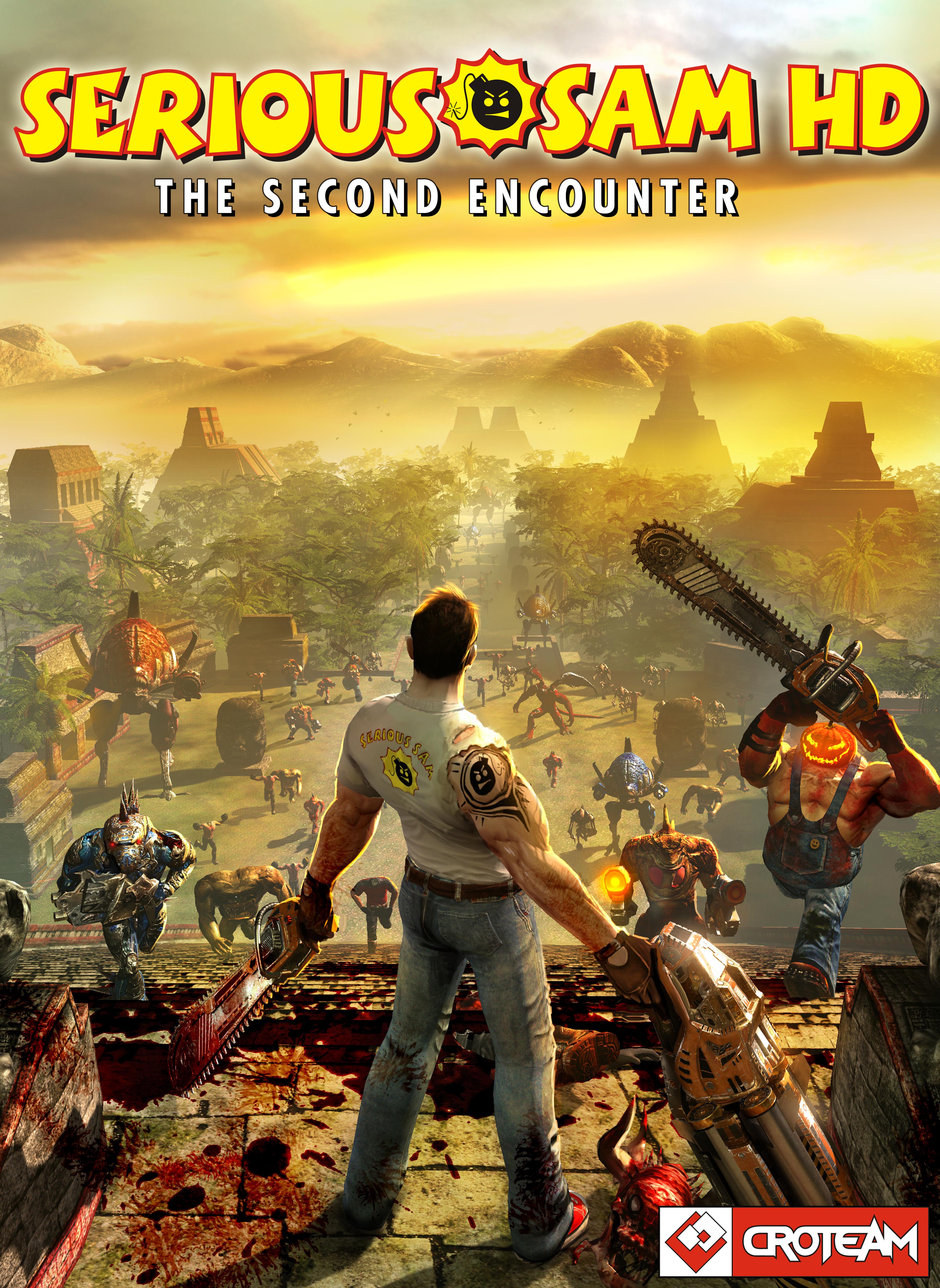 |
Dwarf Fortress has three primary game modes which take place in worlds created by the player. In the worlds, most of the elements are randomly generated. Fortress Mode is an indirect control, construction and management simulation of a colony of dwarves. There are no objectives and it is open-ended. The game is text-based using ASCII art as graphics. Thus, it consists entirely of letters, numbers and symbols. Dwarves are represented by different colored smiling faces, a cat and dog will be a white "c" and brown "d", while a giant spider will be a grey "S". Triangles represent slopes, with upward triangles representing upward slopes and vice-versa. Players are completely free on deciding how to go about building the fortress. Since there are no ways to win, it only ends when they get their fortress defeated by the various possible threats or if the player decides to abandon the fortress. Adventure Mode is a turn-based, open-ended roguelike. In Legends mode, players can view maps, histories of each civilization and any figure who has lived or died in the generated world. Any noticeable achievement made by the player in any of the game modes, is recorded in the legends. A testing arena is also present, where players can test or simulate battles between any selected units. They can be spawned, assigned to teams, equipped with weapons and these battles can be viewed in real-time or turn-by-turn. |
 |
Hotline Miami is divided into several chapters, each of which is further broken down into several stages. At the start of most chapters, the unnamed protagonist wakes up in his apartment and listens to cryptic messages on his answering machine. These messages tell him to perform an arbitrary task at a certain location, which in each case is inferred as a metaphor for killing every person at that location, such as giving VIPs of a hotel a 'great stay'. Prior to commencing a mission, the player is asked to select an animal mask to wear, each of which provides unique advantages or handicaps. In each stage, the player navigates a building from a top-down perspective, and the goal is almost always to kill every opponent therein. Occasionally the player must also defeat a boss at the end of the chapter or find key items as they explore, but most levels are very straightforward. Some levels will also include hidden masks for the player to find along the way. The player has access to a wide variety of melee, thrown, and ranged weapons, and will need to handle challenges through either stealthy tactics or overwhelming force. The player character is no more resilient than the enemies, however, so any mistake is usually fatal. Enemy AI varies slightly, causing them to occasionally move unpredictably, making it difficult to plan a perfect approach. To make up for this, the game allows the player to restart each stage the moment they die, allowing them to quickly fine-tune their approach over several attempts. The game grades the player's performance at the end of each chapter based on a number of factors, also granting them points that unlock more weapons, and may also unlock additional masks depending on their score. |
 |
Heroes of Might and Magic III: The Restoration of Erathia (also known as Heroes III or HoMM3) is a turn-based strategy game developed by Jon Van Caneghem through New World Computing originally released for Microsoft Windows by the 3DO Company in 1999. Its ports to several computer and console systems followed in 1999-2000. It is the third installment of the Heroes of Might and Magic series. The game's story is first referenced throughout Might and Magic VI: The Mandate of Heaven and serves as a prequel to Might and Magic VII: For Blood and Honor. The player can choose to play through seven different campaigns telling the story, or play in a scenario against computer or human opponents. The gameplay is very similar to its predecessors in that the player controls a number of heroes that command an army of creatures inspired by myth and legend. The gameplay is divided into two parts, tactical overland exploration and a turn based combat system. The player creates an army by spending resources at one of the eight town types in the game. The hero will progress in experience by engaging in combat with enemy heroes and monsters. The conditions for victory vary depending on the map, including conquest of all enemies and towns, collection of a certain amount of a resource, or finding the grail artifact. Heroes III was released to universal acclaim and was praised by critics. The game received the expansion packs Heroes of Might and Magic III: Armageddon's Blade and Heroes of Might and Magic III: The Shadow of Death. Heroes Chronicles, a series of short introductory games based on the Heroes III engine, was also released. A special version of Heroes III titled Heroes III Complete, which included the original game and both expansion packs, was released in 2000. |
 |
Diablo II's storyline progresses through four chapters or "Acts". Each act follows a more or less predetermined path, although there is some random-level generation in wilderness areas and dungeons between key cities. The player progresses through the story by completing a series of quests within each act, with optional quests providing additional rewards. In contrast to the first Diablo, whose levels consisted of descending deeper and deeper into a Gothic-themed dungeon and Hell, Diablo II's environments are much more varied. While Act I is similar to the original, Act II mimics Canaan desert while Act III is supposedly based on the Maya civilization jungles. Act IV takes place in Hell and is the shortest, with just three quests compared to the other Acts that have six. The Lord of Destruction expansion adds Act V which continues the story where Act IV left off. Act V's style is mainly mountainous as the player ascends Mount Arreat, with ice tunnels/caverns in the mountains, as well as hellish subterranean pits (reminiscent of Hell in Act IV) for extra monsters and experience. After reaching the summit of Arreat, the player gains access to the Worldstone Keep (whose architecture may be reminiscent of Angkor Wat and other Hindu temples). In addition to the acts, there are three sequential difficulty levels: Normal, Nightmare, and Hell; completing the game (four Acts in the original or five Acts in the expansion) on a difficulty setting will open up the next level. On higher difficulties, monsters are stronger and are resistant to an element, experience is penalized on dying, and the player's resistances are handicapped. However, better items are rewarded to players as they go through higher difficulties. A character retains all abilities and items between difficulties, and may return to a lower difficulty at any time. Players can also create a hardcore character. In normal mode, the player can resurrect their character if killed and resume playing, while a hardcore character has only one life. If killed, the character is permanently dead and unplayable, and all items and equipment on that character will be lost unless another friendly character has the "loot" icon checked. |
 |
Doom II was not dramatically different from its predecessor. There were no major technological developments, graphical improvements, or substantial gameplay changes. The game still consisted of the player navigating large non-linear levels. Each level is infested with demons that can be killed with a variety of weapons that can be picked up throughout the game. Levels are completed by finding an exit, whether it be a door, elevator etc., the goal is simply to advance to the next area. The levels in Doom II can be completed in a somewhat linear fashion, however, because the levels are non-linear players can wander off the beaten path, and those that do are often rewarded with bonuses, like health pickups and more powerful weapons. Due to the larger and more complicated maps with larger groups of monsters, the game had somewhat higher system requirements than the original. Rather than the player playing through three related episodes as in the first Doom, gameplay takes place over one giant episode, albeit with interludes for when the story develops. Instead of watching the player's progress on a map (as in the original episodes of Doom), the screens between each level simply show a background (as in the bonus fourth episode of Doom available on The Ultimate Doom expansion pack). This also means the player is never forced to lose all of his or her inventory after completing an episode. Doom II doubled the number of non-boss monster types and started using bosses from the original Doom as normal level enemies, in addition to adding a new weapon, the double-barreled shotgun (called the Super Shotgun in the game), and a new power-up, the Megasphere. |
 |
Max Payne 2 is a third-person shooter, in which the player assumes the role of Max Payne, but also plays as Mona Sax in a few levels. Initially, the player's weapon is a 9mm pistol. As they progress, players access other weapons including other handguns, shotguns, submachine guns, assault rifles, sniper rifles, and hand-thrown weapons. To move the game along, the player is told what the next objective is through Max's internal monologue, in which Max iterates what his next steps should be. When first played, the game only offers one difficulty level that is adjusted automatically if the game is too difficult for the player. For example, if the player's character dies too many times, the enemies' artificial intelligence is made less effective, while more health in the form of painkillers is made available. After completing the game once, other difficulty levels are unlocked. Two special game modes are also activated: New York Minute and Dead Man Walking. In New York Minute, the player is given a score based on the time taken to complete each level. The Dead Man Walking mode places Max in one of five scenarios, in which he must survive for as long as possible while fighting off endlessly respawning enemies. Max Payne 2 allows the player to enable bullet time, a mode that slows time, while still allowing the player to aim in real-time, to give the player more time to determine what they want to do. In this mode, the screen's color changes to a sepia tone to act as a visual cue. When in use, the bullet time meter will decrease until it is either empty or the player disables bullet time mode. The meter will eventually increase when not in use, but can be replenished quickly by killing enemies. To simulate the bullet time effect, Max can also execute a shoot-dodge maneuver. When the maneuver is performed, Max jumps in a direction specified by the player, and although Bullet Time is activated while Max is in mid-air, this will not deplete the bullet time meter. The combat system has been improved for Max Payne 2; the player can now arm Max with a secondary weapon such as a grenade or Molotov cocktail, and when near an enemy, Max can perform a melee attack. AI players occasionally come to Max's aid, although their death does not affect the gameplay or story. |
 |
The Second Encounter starts where the previous game left off, with Sam traveling to Sirius on the SSS Centerprice. Unfortunately, the starship is accidentally hit by the "Croteam crate-bus" and plummets down to Earth's surface. As the starship falls, Sam reads the coordinates and frets about crash-landing into Egypt again, but instead he crashes into Central America in the Mayan age, with the starship now heavily damaged upon impact. However, not all hope is lost, since the Sirians left a "back-up starship" on Earth, which was a fail-safe in case if anything ever happens to the SSS Centerprice. However, since this back-up starship is located in a different time and age than where and when Sam is currently in, he will have to uncover the locations of the Sirian portals that will help him reach his destination. With this new objective, Sam storms through Mesoamerica, then travels to Mesopotamia and finally to Medieval Europe where the back-up starship is located. During his journey, Sam battles two of Mental's portal guardians: a powerful, Mayan spirit named Kukulkan the Wind God and a biomechanical creature called the Exotech Larva. Finally, in front of the Cathedral of Sacred Blood, Sam confronts the last obstacle to overcome on his path to the Holy Grail, Mordekai the Summoner. After a glorious battle with Mordekai and his spawning minions, The Summoner is finally silenced forever. In the Cathedral, Sam lifts the Holy Grail in the palms of his hands, followed by his confessions of his sins in a booth to Mental, during which he reassures Mental that "he's coming to get him." During the end credits, Sam activates the back-up starship, which turns out to be a rocket, and travels back into space toward Sirius, with the "Croteam Big-Heads" cheering him on. The story continues on to Serious Sam II. Other than the more varied locations, The Second Encounter features some additional weapons—a chainsaw, a flamethrower, a sniper rifle, and the powerful Serious Bomb—and a number of new monsters that Sam has to face. This game has also seen the release of a level-pack titled Dark Island, featuring fan-made levels for single and multiplayer mode. |